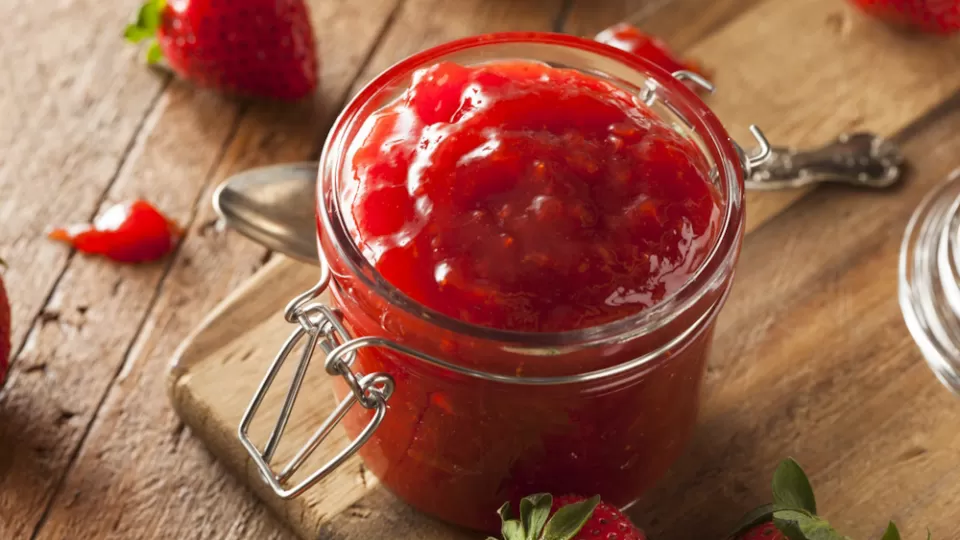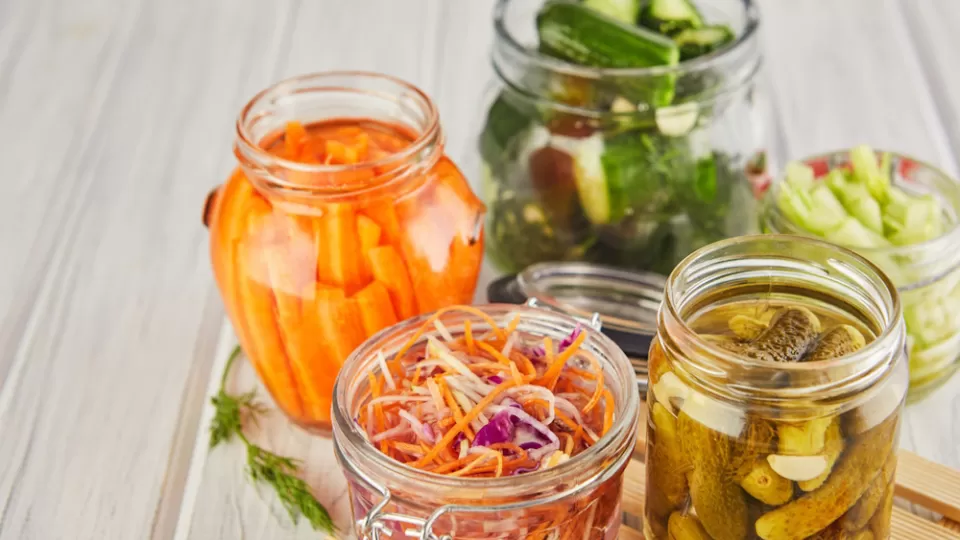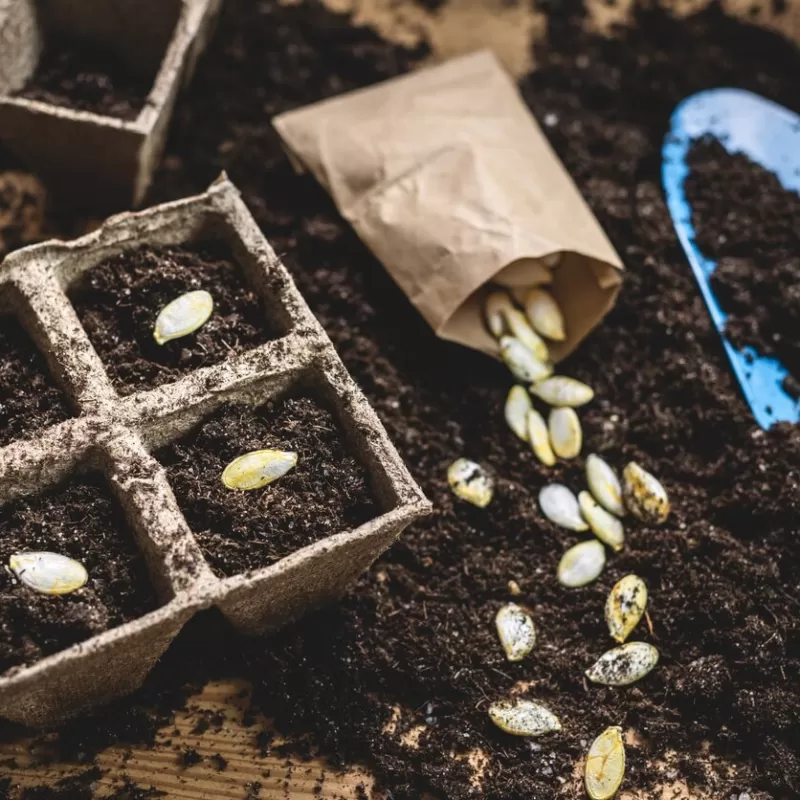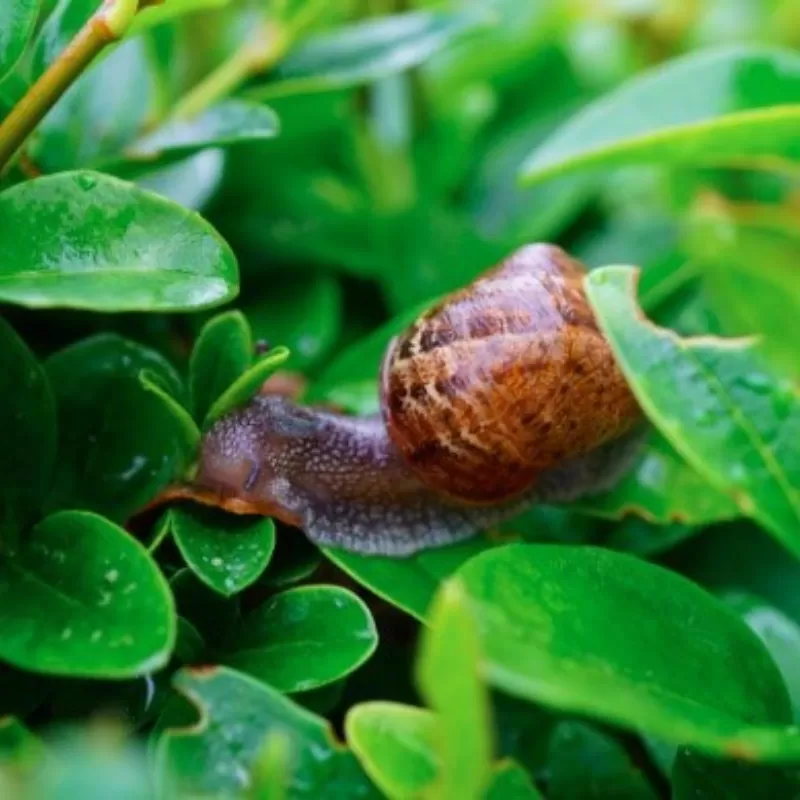Guide to Fresh Fruit Preservation
We might be looking ahead to the cooler months and preparing the garden for autumn, but that doesn’t have to mean our delicious summer harvests have to come to an end.
Preserving your fruit and veg properly will allow you to enjoy the taste of summer throughout autumn and beyond. It’s also a great way to avoid food waste if you’re not able to eat everything from your garden before it goes bad. From freezing to making jams and jellies, here are our top five tips for preserving your summer fruits and veggies.
Our Top 5 Fruit (and Veg!) Preservation Tips
1. Freezing
Freezing is one of the most common fruit preservation methods – and can be one of the easiest, providing you’ve got some freezer space to spare. First, wash the fresh fruit and veg to remove any dirt, and allow to thoroughly air dry to prevent stickiness when preparing to freeze.
Smaller fruits like berries that are often kept together should be spread out on a baking sheet to freeze individually – this further helps prevent them sticking together in one clump. Once frozen, these can then be transferred to a container or bag to help save on space. We’d recommend blanching vegetables like green beans, peas and corn by boiling them for a short time before freezing to help preserve their colour and texture.
2. Make into jam
Making your own jam is a great way to preserve your summer fruits. Whether you eat it straight away or choose to further freeze the batch, turning your fruit into a jam is a handy way to make it go further.
Jam is relatively simple to make at home, no matter which fruit you choose to use. We have put together our own recipe for strawberry jam, and these steps generally apply regardless of the fruit used. Ensure you have sterilised jars and lids, making sure the lids seal properly to help give the jam a longer shelf life. Your jam will also keep for about a year in the freezer, so making jam is truly the perfect way to enjoy a burst of summer in those colder months!

3. Dehydrating or drying
If you have a food dehydrator, then you can dehydrate your fruit and veg quite easily – most dehydrators have a specific setting for fruit. You just need to pop in your sliced fruit and let it work its magic.
If you don’t have a food dehydrator but you do want to preserve your fruit and veg by drying it, then this can also be done in the oven. Cut your produce into thin slices, cover a baking tray in parchment paper, and arrange the slices in a single layer. The drying process takes between 4-8 hours, depending on the water content – our advice would be to keep an eye on their progress and judge by eye by opening the oven door. You’ll know your fruit is ready when it has shrivelled and the texture is slightly chewy.
4. Pickling
Pickling is one of our favourite ways to preserve veggies, particularly cucumbers, carrots and onions, and you only need a few ingredients to make your own pickling brine.
To make your brine, combine equal parts water and vinegar in a clean saucepan, and add one tablespoon of salt per cup of liquid. The mixture should be heated to a simmer to allow the salt to dissolve. It’s important to ensure the jars you are using for storage are sterilised to prevent any bacteria getting into them – once sterilised, you can add your veg and pour in the brine. If you prefer a sweeter taste, you can add sugar instead of salt, and even a variety of spices and herbs to suit your fancy.
5. Canning
Similarly to pickling, canning involves preserving your fruit and veg in airtight jars. However, this process involves a method that helps create a vacuum seal in the jar instead of using a sterilising brine. You will need either a Water Bath canner or a Pressure canner for this.
Start by sterilising the jars, and then adding the fruit or veg, leaving the recommended headspace between the food and the top of the jar. This is specific to the food you’re using, so we would advise following a set recipe for each fruit or vegetable. Water Bath canners are advised for high-acid foods, so are generally better for preserving fruits – simply place the jars on the rack inside the canner and submerge them in boiling water to create the seal.

Benefits of preserving homegrown fruit
- Your harvest will last you through the colder months
- Growing your own fruit and veg is a great way to keep yourself in fresh produce throughout autumn and winter, meaning you can keep benefitting from key vitamins and minerals even when it’s cold out!
- You can save money on shop-bought produce
- With the cost-of-living crisis in full swing, growing and preserving fruit and veg is a great way to save some money, particularly on the more artisan produce like fresh jams, or combine a range of frozen fruits into easy and healthy smoothie portions.
- Make healthy snacks for your children (and yourself!)
- Generally, the fewer ingredients in a snack, the better it is for your body. Keep it fun by blending up some fruit and freezing into an ice lolly, or dehydrating fruit to create chewy strips!
- Guaranteed to be fresh and organic
One of the great things about homegrown produce is that you can guarantee the quality of it yourself – simply avoid using chemical pesticides when growing to ensure your preserved fruits are organic and very tasty.
We hope these tips inspire you to preserve your fruits and veggies from the summer harvest to help them last you through winter. Freezing is the easiest option, but we love making our produce into jams or pickling them to go with different recipes – we’re all about creating something a little different with our harvests!
For more inspiration on how to use food from the garden and what to grow when, take a look through our latest blogs. Don't forget to follow us on Instagram and Facebook to keep up to date with our latest growing adventures in the Irrigatia garden.


